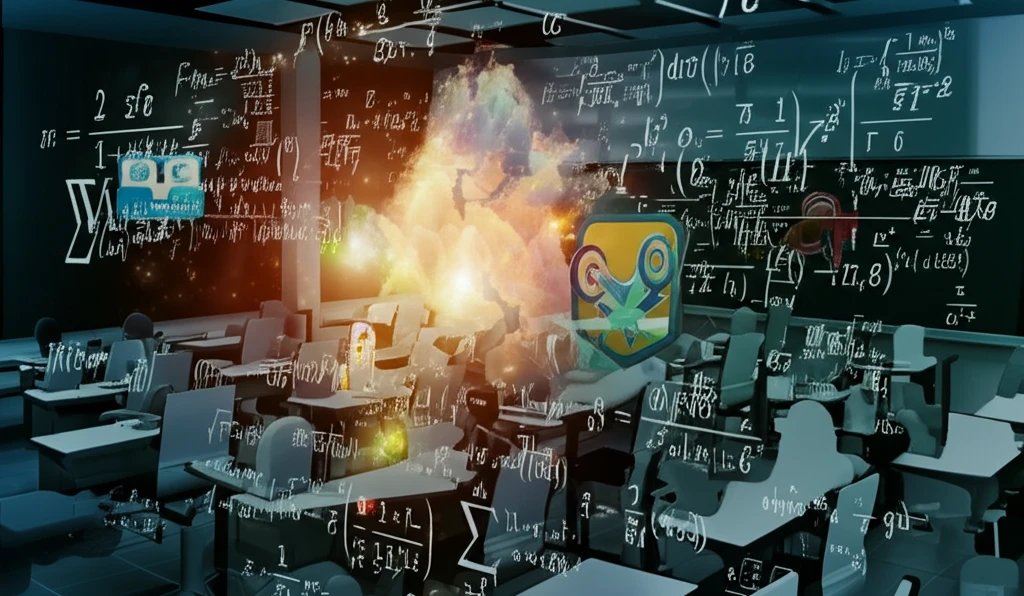
Unlock Math Mastery: How Geogebra and Winplot Can Transform Your Learning
"Discover how integrating dynamic math software like Geogebra and Winplot can revolutionize your understanding of transcendental functions and boost your academic performance."
In our rapidly evolving digital age, technology has become an indispensable part of everyday life. From smartphones to digital televisions, we are constantly surrounded by devices designed to enhance our understanding and interaction with the world. This technological proliferation extends to education, where digital tools are revolutionizing traditional teaching methods. However, many students and educators are still unaware of the full potential of software and applications to transform the learning experience, especially in subjects like mathematics.
Mathematics, often perceived as abstract and challenging, can greatly benefit from the integration of technology. As Borba and Penteado noted in 2007, the increasing presence of computers in all areas of human activity makes their integration into educational settings not just beneficial, but essential. This integration necessitates a shift in how we approach teaching and learning, urging educators to embrace digital tools to make math more accessible and engaging.
Educational institutions must adapt to this new reality by promoting concrete actions that highlight the benefits of technology in the classroom. The use of dynamic software opens up possibilities for significant changes, fostering new classroom dynamics and impacting education in profound ways. Overcoming challenges such as curriculum adaptation, improving school management, providing adequate technology infrastructure, and ensuring continuous professional development for teachers in IT is critical for successful implementation.
Geogebra and Winplot: Transforming the Study of Transcendental Functions

A recent study explored the impact of integrating Geogebra and Winplot into the curriculum for mathematics and physics students at the Federal Institute of Education, Science, and Technology North of Minas Gerais (IFNMG) in Brazil. The research, based on the didactic sequence parameters outlined by Zabala (1998), involved an extension course focused on graphic treatment using both traditional methods (pencil and paper) and dynamic software. The primary goal was to identify how Information and Communication Technologies (ICTs) could enhance mathematics education and broaden students' knowledge in integrated informatics.
- Increased student engagement with complex mathematical concepts.
- Improved understanding of transcendental functions through visual representation.
- Enhanced problem-solving skills using dynamic software tools.
- Greater appreciation for the relevance of technology in mathematics education.
Embracing Technology for a Brighter Future in Mathematics Education
The study at IFNMG highlights the transformative potential of integrating technology into mathematics education. As educators, it is our responsibility to embrace these tools and create learning environments that foster engagement, understanding, and critical thinking. By incorporating dynamic software like Geogebra and Winplot, we can empower students to unlock their full potential and achieve mastery in mathematics.
